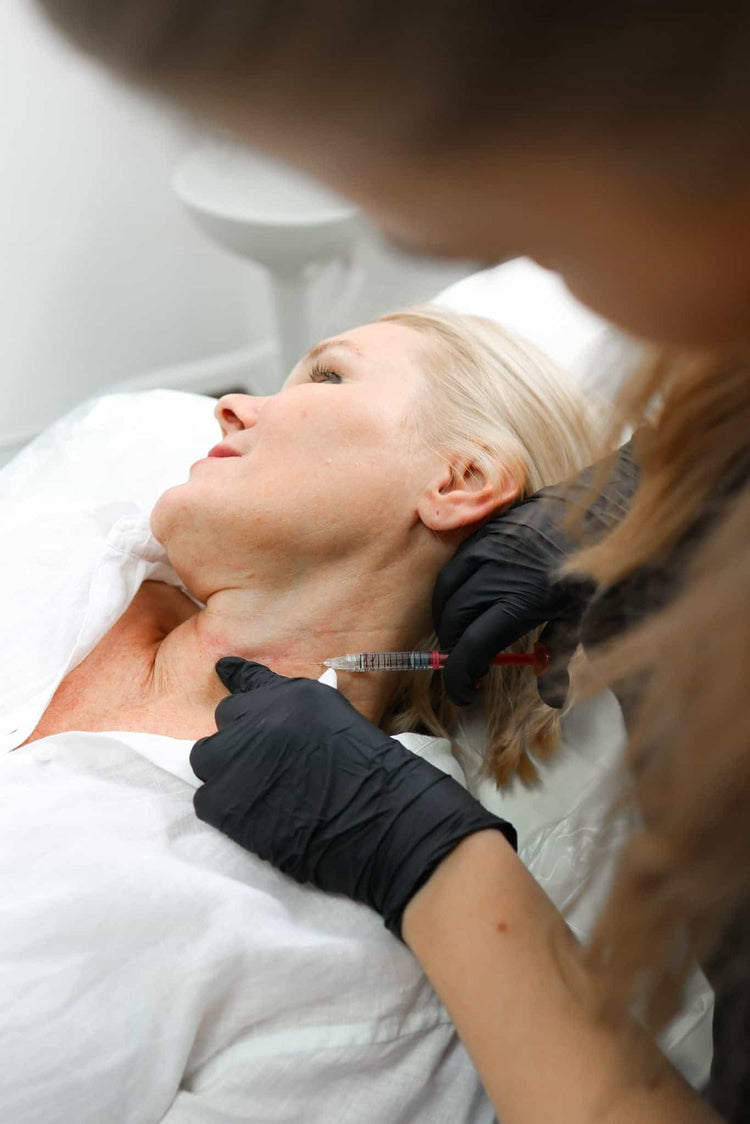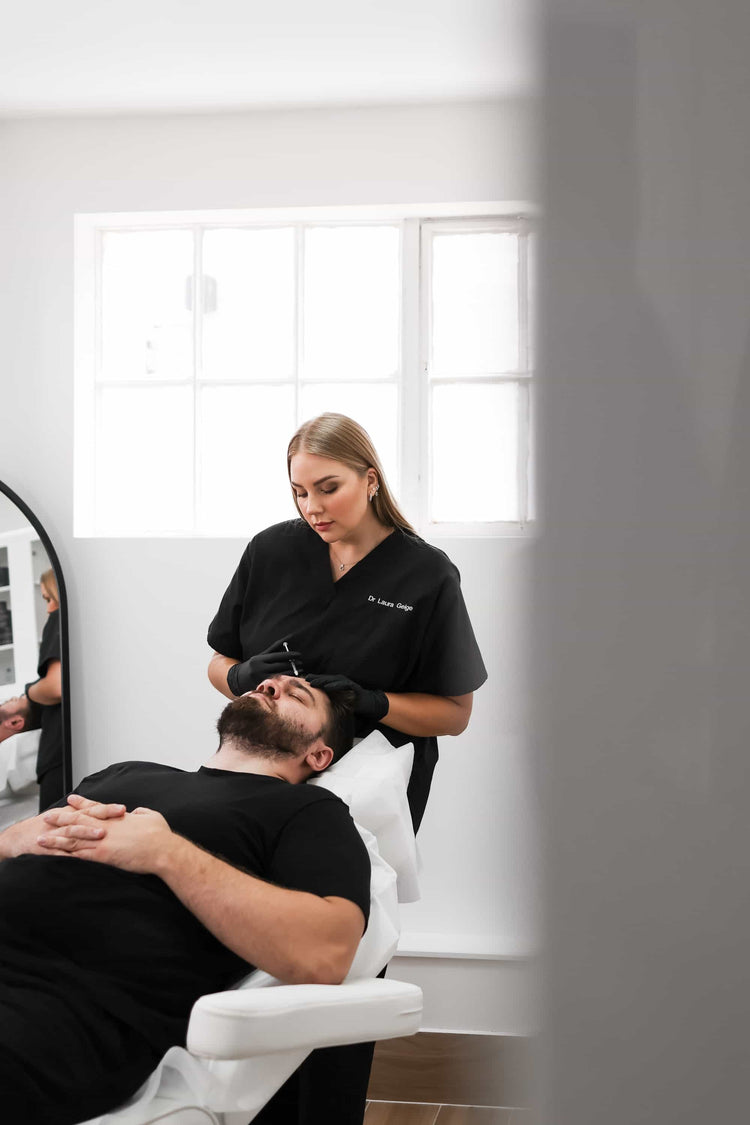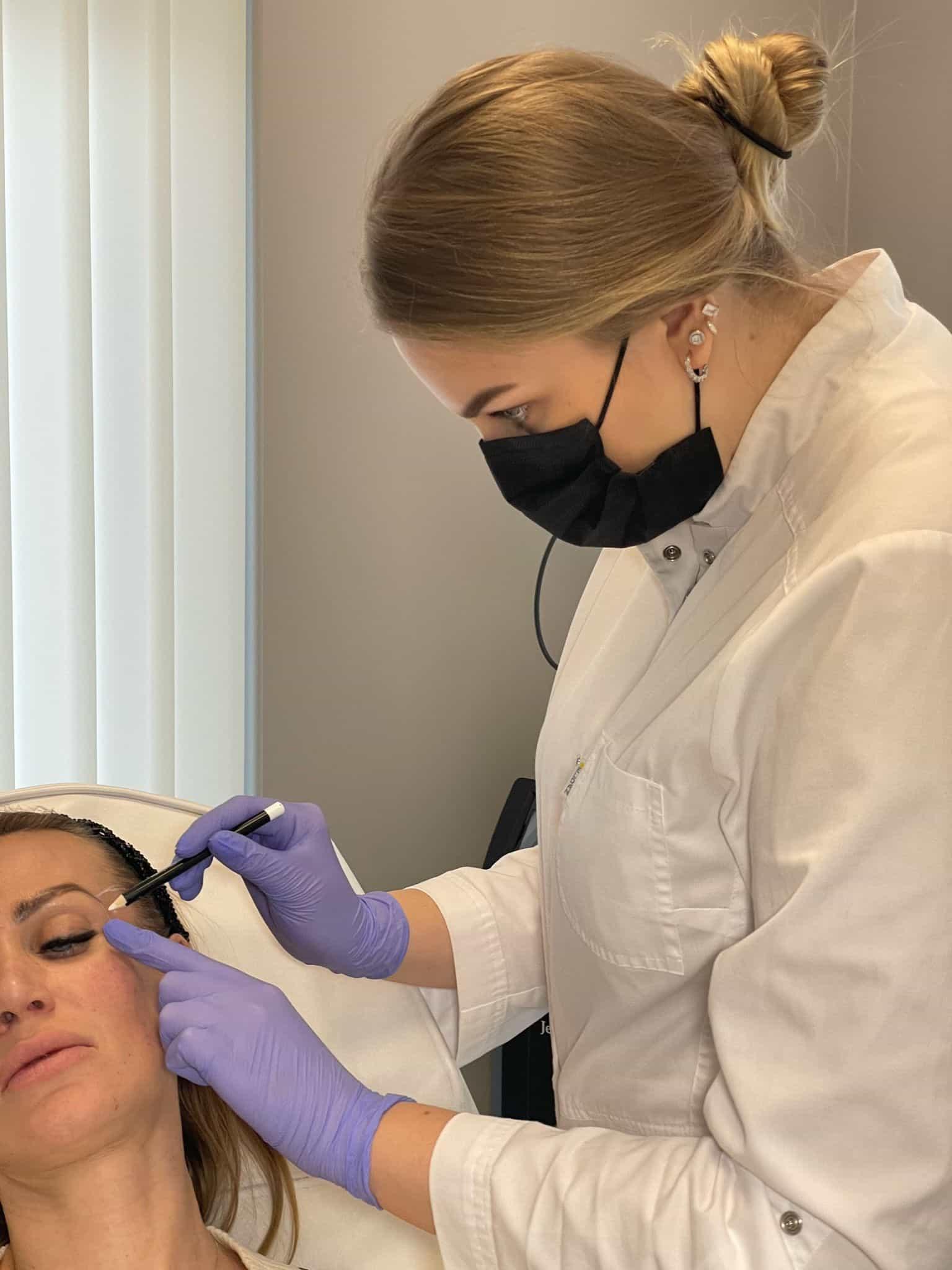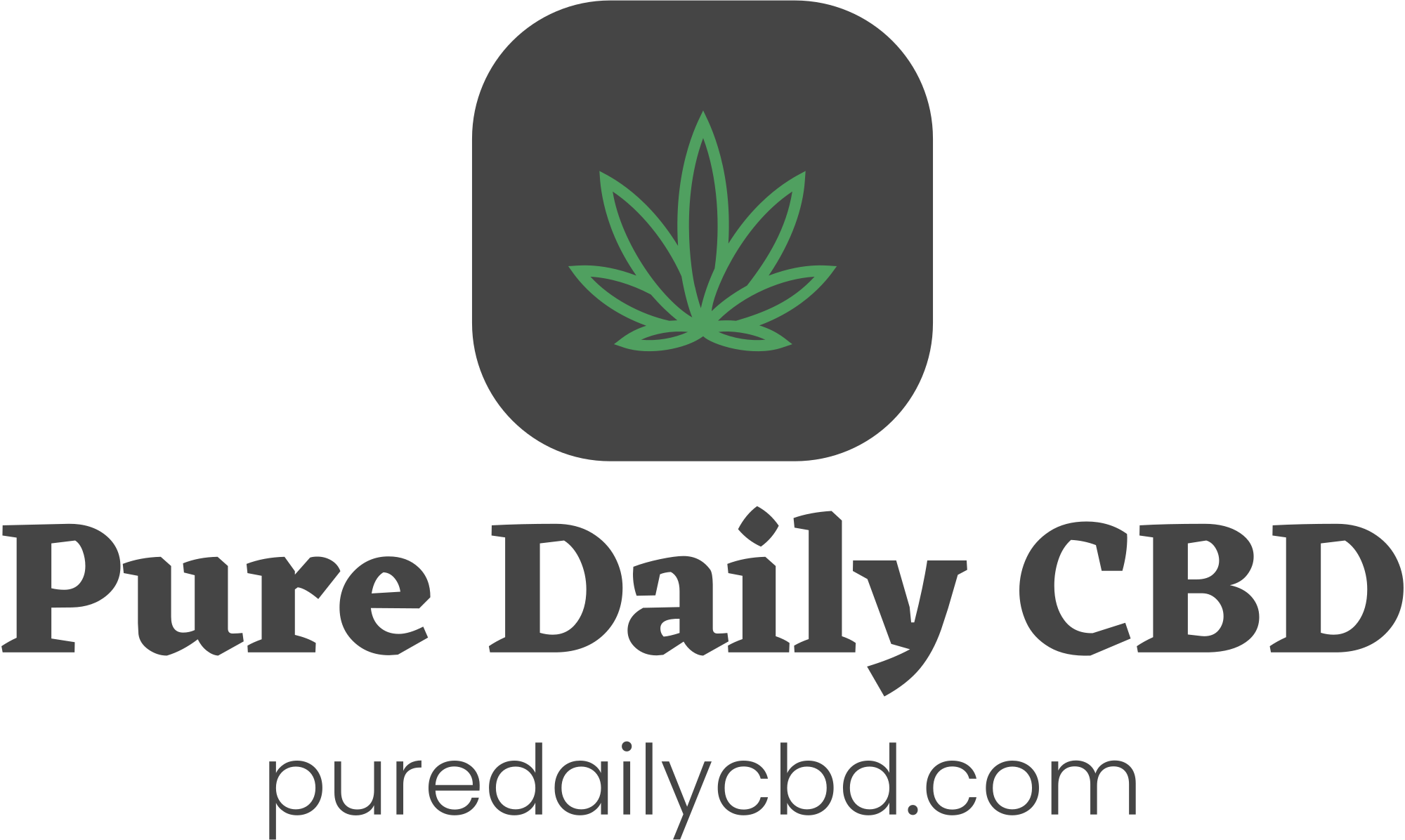Baby Botox vs. Traditional Botox
Botox has become a popular non-surgical treatment for smoothing wrinkles and achieving a more youthful appearance. While traditional Botox targets deeper wrinkles with larger doses, “Baby Botox” takes a different approach. This technique uses smaller amounts of Botox injected in a more strategic pattern to subtly soften facial expressions and prevent future wrinkles from forming. Both options offer benefits, but understanding their differences can help you determine the best choice for your individual needs and aesthetic goals in Kingston Upon Thames.
Differences in Dosage
Baby Botox differs from traditional Botox primarily in the dosage used and the desired outcome. Traditional Botox injections involve using a larger amount of Botox to effectively paralyze deeper wrinkles, resulting in a more dramatic smoothing effect.

Baby Botox, on the other hand, employs a significantly smaller dose of Botox strategically placed in specific areas to subtly soften facial muscles and prevent the formation of new wrinkles. The goal is to achieve a natural, refreshed look rather than completely eliminating existing wrinkles.
Treatment Areas
Baby Botox differs from traditional Botox primarily in the dosage used and the desired outcome. Traditional Botox injections involve using a larger amount of Botox to effectively paralyze deeper wrinkles, resulting in a more dramatic smoothing effect.
Baby Botox, on the other hand, employs a significantly smaller dose of Botox strategically placed in specific areas to subtly soften facial muscles and prevent the formation of new wrinkles. The goal is to achieve a natural, refreshed look rather than completely eliminating existing wrinkles.
Both traditional Botox and Baby Botox can be used to address various treatment areas.
Traditional Botox is often used on forehead lines, frown lines (glabella), crow’s feet, and bunny lines (the wrinkling above the nose). Baby Botox can be applied similarly but is also effective in treating fine lines around the eyes (“crow’s feet”), lips, and even the jawline.
Desired Outcomes

Baby Botox differs from traditional Botox primarily in the dosage used and the desired outcome. Traditional Botox injections involve using a larger amount of Botox to effectively paralyze deeper wrinkles, resulting in a more dramatic smoothing effect.
Baby Botox, on the other hand, employs a significantly smaller dose of Botox strategically placed in specific areas to subtly soften facial muscles and prevent the formation of new wrinkles. The goal is to achieve a natural, refreshed look rather than completely eliminating existing wrinkles.
Traditional Botox is often used on forehead lines, frown lines (glabella), crow’s feet, and bunny lines (the wrinkling above the nose). Baby Botox can be applied similarly but is also effective in treating fine lines around the eyes (“crow’s feet”), lips, and even the jawline.
Duration of Effects
Both traditional Botox and Baby Botox can result in noticeable reductions in wrinkles, but their durations of effect differ slightly.
Traditional Botox, due to its larger dosage, typically lasts for 3-4 months before requiring another treatment. Baby Botox, with its smaller doses and focus on subtle muscle relaxation, often lasts around 2-3 months.
Appearance
Baby Botox differs from traditional Botox primarily in the dosage used and the desired outcome. Traditional Botox injections involve using a larger amount of Botox to effectively paralyze deeper wrinkles, resulting in a more dramatic smoothing effect.

Baby Botox, on the other hand, employs a significantly smaller dose of Botox strategically placed in specific areas to subtly soften facial muscles and prevent the formation of new wrinkles. The goal is to achieve a natural, refreshed look rather than completely eliminating existing wrinkles.
Both traditional Botox and Baby Botox can be used to address various treatment areas. Traditional Botox is often used on forehead lines, frown lines (glabella), crow’s feet, and bunny lines (the wrinkling above the nose). Baby Botox can be applied similarly but is also effective in treating fine lines around the eyes (“crow’s feet”), lips, and even the jawline.
Both traditional Botox and Baby Botox can result in noticeable reductions in wrinkles, but their durations of effect differ slightly. Traditional Botox, due to its larger dosage, typically lasts for 3-4 months before requiring another treatment. Baby Botox, with its smaller doses and focus on subtle muscle relaxation, often lasts around 2-3 months.
Choosing the Right Treatment for You
Botox has become a popular non-surgical treatment for smoothing wrinkles and achieving a more youthful appearance. While traditional Botox targets deeper wrinkles with larger doses, “Baby Botox” takes a different approach. This technique uses smaller amounts of Botox injected in a more strategic pattern to subtly soften facial expressions and prevent future wrinkles from forming. Both options offer benefits, but understanding their differences can help you determine the best choice for your individual needs and aesthetic goals.
Consultation Process
Botox has become a popular non-surgical treatment for smoothing wrinkles and achieving a more youthful appearance. While traditional Botox targets deeper wrinkles with larger doses, “Baby Botox” takes a different approach. This technique uses smaller amounts of Botox injected in a more strategic pattern to subtly soften facial expressions and prevent future wrinkles from forming. Both options offer benefits, but understanding their differences can help you determine the best choice for your individual needs and aesthetic goals.
Baby Botox differs from traditional Botox primarily in the dosage used and the desired outcome. Traditional Botox injections involve using a larger amount of Botox to effectively paralyze deeper wrinkles, resulting in a more dramatic smoothing effect.
Baby Botox, on the other hand, employs a significantly smaller dose of Botox strategically placed in specific areas to subtly soften facial muscles and prevent the formation of new wrinkles. The goal is to achieve a natural, refreshed look rather than completely eliminating existing wrinkles.
Both traditional Botox and Baby Botox can be used to address various treatment areas.
Traditional Botox is often used on forehead lines, frown lines (glabella), crow’s feet, and bunny lines (the wrinkling above the nose). Baby Botox can be applied similarly but is also effective in treating fine lines around the eyes (“crow’s feet”), lips, and even the jawline.
Both traditional Botox and Baby Botox can result in noticeable reductions in wrinkles, but their durations of effect differ slightly.
Traditional Botox, due to its larger dosage, typically lasts for 3-4 months before requiring another treatment. Baby Botox, with its smaller doses and focus on subtle muscle relaxation, often lasts around 2-3 months.
Factors to Consider
Choosing the right treatment depends on individual needs and aesthetic goals. Traditional Botox is suitable for those seeking a more dramatic reduction in deeper wrinkles. Its larger dosage effectively paralyzes muscles, resulting in a smoother appearance. Baby Botox, on the other hand, is ideal for individuals who prefer a subtle approach.
It uses smaller doses strategically placed to soften facial expressions and prevent future wrinkles, achieving a natural-looking refresh rather than complete elimination of existing wrinkles. Both treatments can address various areas like forehead lines, frown lines, crow’s feet, and bunny lines. Traditional Botox is often used on deeper wrinkles, while Baby Botox can also effectively treat fine lines around the eyes, lips, and jawline.
The duration of effects varies slightly. Traditional Botox typically lasts 3-4 months, while Baby Botox usually lasts 2-3 months.
Ultimately, consulting with a qualified medical professional is crucial to determine the most suitable treatment option based on individual skin type, desired outcome, and any underlying medical conditions.
Learn more about Baby Botox at It’s Me & You Clinic with Dr. Laura Geige in Surrey
- Why Are My Lips Dry After Lip Filler - November 1, 2025
- What Is Temple Filler - October 29, 2025
- Weed Seltzers With The Best Packaging - October 26, 2025
